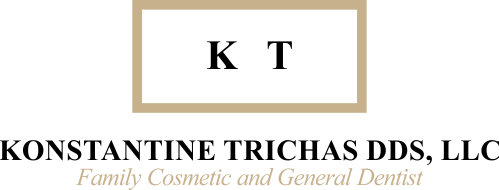Invisalign®
- Invisalign® braces are non-traditional braces which are made of clear plastic, and therefore generally more desirable than metal braces. The process of Invisalign correction involves using a whole series of plastic aligners in succession, each one gradually shifting teeth into a desired position. The number of aligners needed will depend on how severe the misalignment is, and how much correction is necessary.
Orthodontics
- Orthodontics is a specific area of dentistry which deals with misalignments of the teeth, and the processes used to accomplish straightening. There are a great many reasons for misalignments of the teeth, as well as over-crowdedness and spacing problems. All these situations can be handled through orthodontics, and after a period of straightening, most problems can be overcome and completely resolved.
- Veneers are generally used to cover up discolored teeth, gaps between teeth, and chips or cracks which may have occurred to prominent teeth. They are thin coverings which adhere to the teeth, and provide significant cosmetic improvement, thereby assisting the patient to have a better smile. Porcelain is the most popular material used to make these veneers, due to its sturdiness and excellent appearance.
Teeth Whitening
- To make teeth look whiter and more appealing, some kind of bleaching agent will often be used, for instance carbamide peroxide or hydrogen peroxide. The bleaching action breaks up stains into smaller pieces and causes them to dissipate, thereby imparting a more natural, whiter look to the teeth. While it will not work on all stained teeth, it can be very effective on teeth which are basically colored yellow.
 (908) 952-2087
(908) 952-2087